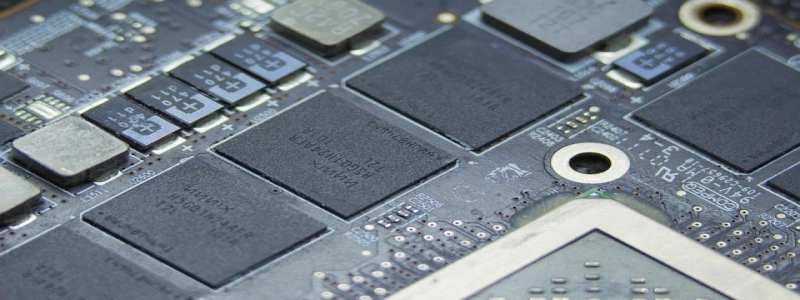Interrupt Moderation in Ethernet
Introduction:
The Ethernet protocol is widely used in computer networking to establish communication between devices. It enables the transmission of data packets over a local area network (LAN) or a wide area network (WAN). In order to optimize the performance of Ethernet, interrupt moderation is implemented to regulate the flow of interrupt requests.
I. What is Interrupt Moderation?
1. Definition:
Interrupt moderation is a technique used in Ethernet controllers to manage and control the frequency of interrupt requests (IRQs) generated by the network interface card (NIC).
2. Purpose:
The primary purpose of interrupt moderation is to reduce the number of interrupts generated by the NIC, which in turn helps to conserve system resources and improve overall performance.
II. How Does Interrupt Moderation Work?
1. Interrupt Coalescing:
Interrupt moderation involves the concept of interrupt coalescing, which groups multiple network events into a single interrupt. Instead of generating an individual interrupt for each received packet, interrupt coalescing combines and delays interrupts for a certain period of time, allowing the NIC to process multiple packets at once.
2. Timer-Based Approach:
Interrupt moderation employs a timer-driven approach to regulate the generation of interrupts. When a network event occurs, such as the receipt of a packet, the interrupt request is scheduled to trigger after a specific time interval. This interval is usually configurable and can be adjusted based on system requirements.
III. Advantages of Interrupt Moderation:
1. Reduced CPU Overhead:
Interrupt moderation significantly reduces the overhead on the central processing unit (CPU) by aggregating multiple interrupts into a single interrupt. This optimization helps to improve the overall efficiency of the system.
2. Enhanced Throughput:
By minimizing the interruptions caused by frequent interrupts, interrupt moderation improves the overall data throughput of the Ethernet network. This allows for better utilization of network resources and increased network performance.
3. Lower Latency:
Interrupt moderation can help reduce the latency of network communication by allowing packets to be processed in larger batches. This reduces the overall time required for data transmission and improves the responsiveness of the network.
Conclusion:
Interrupt moderation is a crucial aspect of Ethernet networking that helps optimize system performance by regulating the flow of interrupt requests. By implementing interrupt moderation techniques such as interrupt coalescing and timer-based approaches, the number of interrupts generated by the network interface card is reduced, leading to lower CPU overhead, enhanced throughput, and lower latency.








